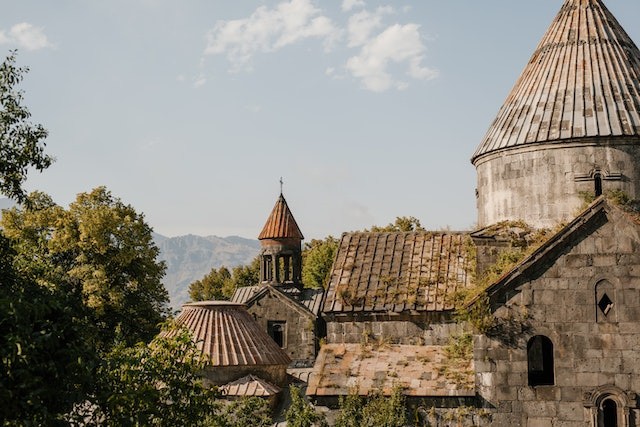
A church that was submerged underwater was unearthed after 700 years by researchers. It was discovered in a sunken settlement called "Atlantis of the North Sea."
Long Lost Church Remains Unearthed
The medieval church was believed to be a component of the trading town of Rungholt, dubbed the "Atlantis of the North Sea." According to Newsweek, the settlement was submerged after a terrible storm surge in AD. 1362.
It is located beneath the Wadden Sea, an intertidal region in the southeast corner of the North Sea, right off the coast of contemporary Germany. The sunken settlement drowned beneath the North Sea waves following a storm surge in 1362 CE that hit modern-day Germany, England, the Netherlands, and Denmark. The phenomenon was known as the "Grote Mandrenke" in Germany, which means "the great drowning of men." Meanwhile, it was dubbed "The Great Wind" in England.
A monk in England described the incident in the Chronicles of Anonymous of Canterbury as something they had never experienced. According to him, on that day, around Vespers, England experienced terrible storms and whirlwinds that had never been seen or heard before, bringing down houses and other structures for the most part while leaving some in a state of ruin after having their roofs torn off by the force of the winds.
Rungholt's precise location and very existence have long been disputed. However, the multidisciplinary team of academics claims to have discovered proof of a church that might have stood in the middle of the medieval hamlet. Yes, the new study proved that the local legend about the sunken city was true, IFL Science reported.
The research team includes specialists from German institutions Kiel University, Johannes Gutenberg University of Mainz, the Center for Baltic and Scandinavian Archaeology, and the State Archaeology Department of Schleswig-Holstein.
The researchers examined a section of mudflats in the Wadden Sea that span over 4 square miles using a variety of approaches to find the church. The survey covered the region around the island of Hallig Südfall, where earlier data suggested Rungholt might be.
Church Remains at Risk From Erosion
According to researchers, despite the most recent find, erosion still threatens the medieval ruins spread around the region. The medieval settlement remnants around Hallig Südfall and nearby mudflats are already severely eroded and frequently only discernible as negative imprints.
Hanna Hadler of the Institute of Geography at Johannes Gutenberg University in Mainz said they urgently need to step up their studies in this area. It is reportedly evident in the area surrounding the church.
According to Dennis Wilken, a geophysicist at Kiel University, the village remnants buried beneath the mudflats are first identified and surveyed over a vast region using several geophysical methods. Thus, the discovery joins the ranks of North Frisian big churches.
The results of the study were published in the online journal PLOS One.
RELATE ARTICLE : Ancient Homes Unearthed at German Stonehenge; Archeologists Consider It an Archeology Breakthrough
Check out more news and information on Archeology in Science Times.











